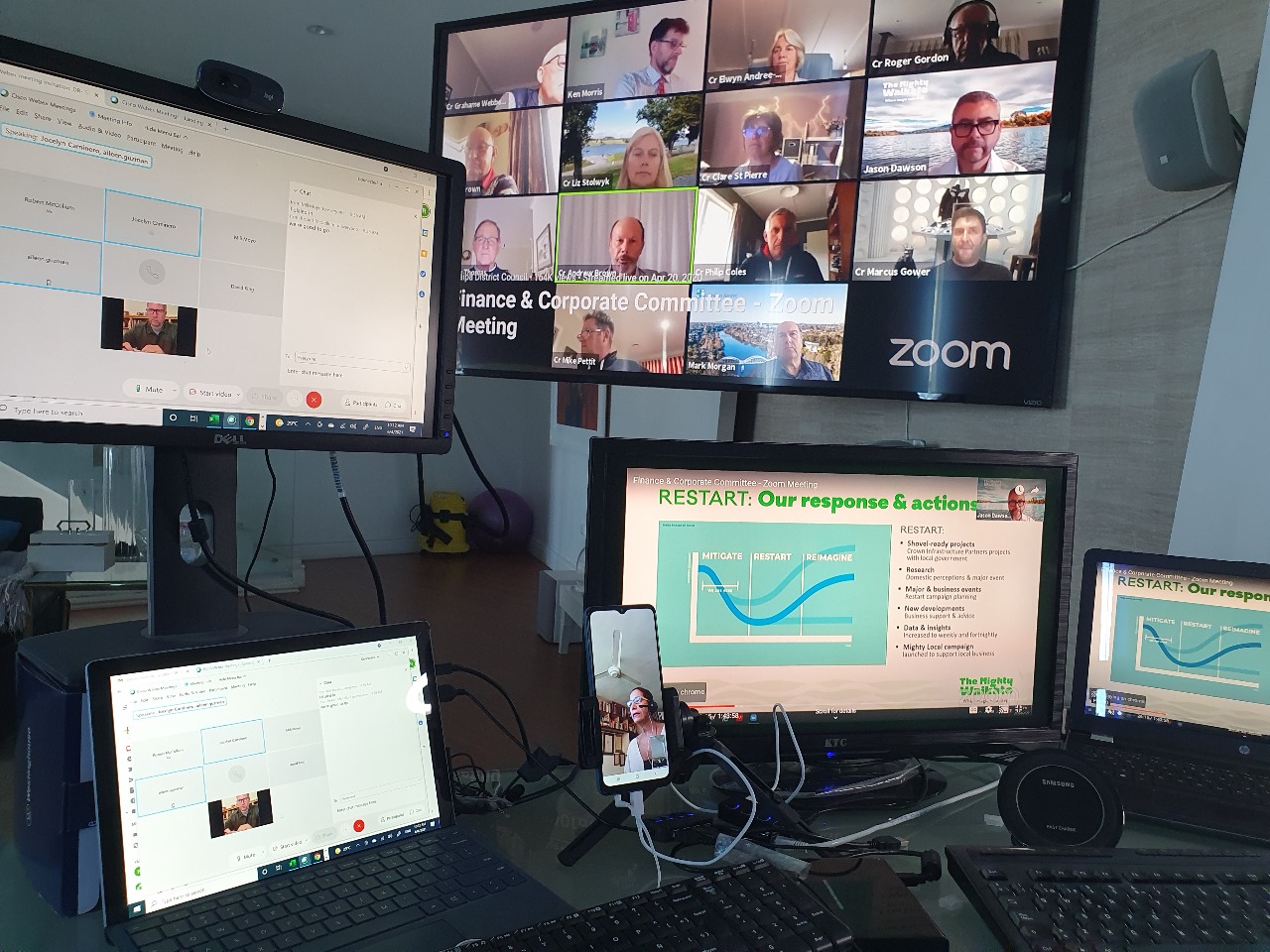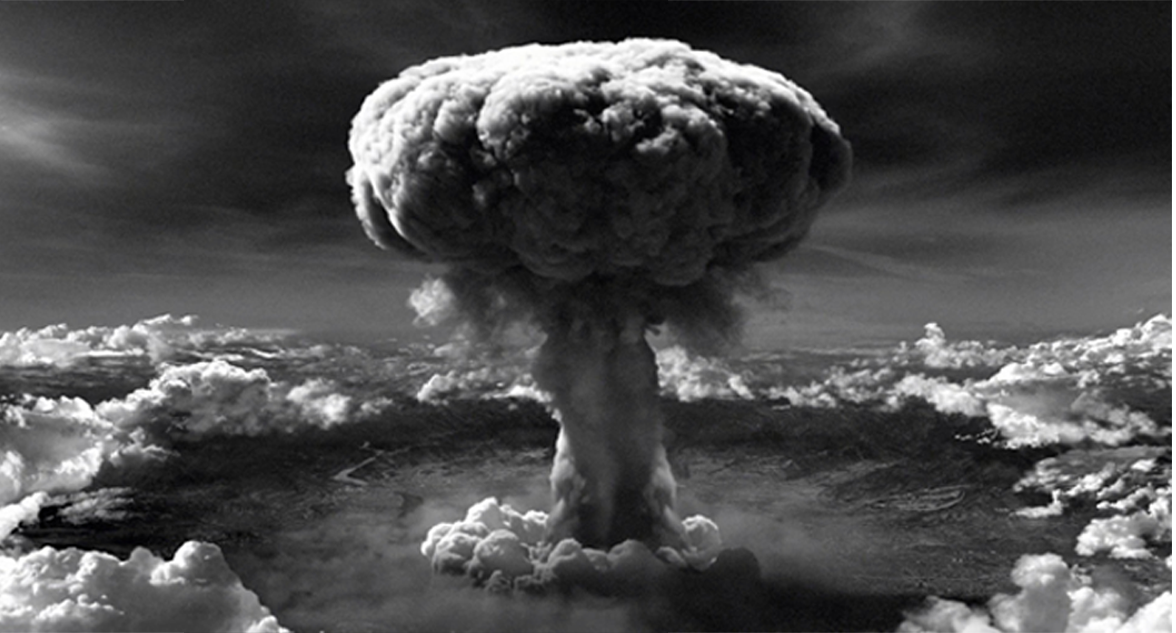| Globalization and elimination of communication barriers, partially thanks to the exponential growth of social digital media, allow and force us to elegantly communicate what we represent, and what we do, to different audiences worldwide. To sell your idea and communicate what you offer will, sooner or later, make you seek quality translation or interpretation services. And you must, of course, know what the difference is to determine what you require according to your business needs. Since they are related, the terms interpretation and translation are often confused. It is important that you know the difference so that you may request the right service from the correct service provider. Below, we describe both. Interpretation This is a service rendered in real time. It is delivered while a lecturer speaks, with simultaneous interpretation, or after the speaker pauses to allow the interpreter to speak, with consecutive interpretation. Interpretation is delivered without a script or material for consultation. Professional interpreters, take the idea from the original language (source language) to the language of the listeners (target language). Interpreters speak in first person as if they were the speaker themselves. Interpreters convey the original meaning and intention of the speaker, reformulating idiomatic or colloquial expressions and particular references, thus allowing a different culture to understand the message. A professional must have very quick reflexes, experience, good memory, but principally only very broad knowledge of both cultures and responsible research will allow interpreters to maintain the context of the conversation. Professionals interpret tone, voice, inflexions, purpose, and body language of the speaker and transmit these to the listeners, in a real time mode, with an elegant delivery, well representing the image of the speaker and so that the experience those who do not understand the original language may be as close as possible to the experience of those who do. Translation Translators have the benefit of using different technological tools to perform their work. They translate written information, such as printed text, subtitles for videos, websites, multimedia, amongst others. While doing so, they consult memoires, dictionaries or guides and scripts to guarantee the accuracy of their work, so that the document translated is as similar as possible to the original document. They work with written information, allowing them the opportunity to review and correct their work before submitting the finished product. In summary, interpretation and translation may seem similar, but are very different in terms of information format, timing, precision, and other intangible elements of understanding. |




